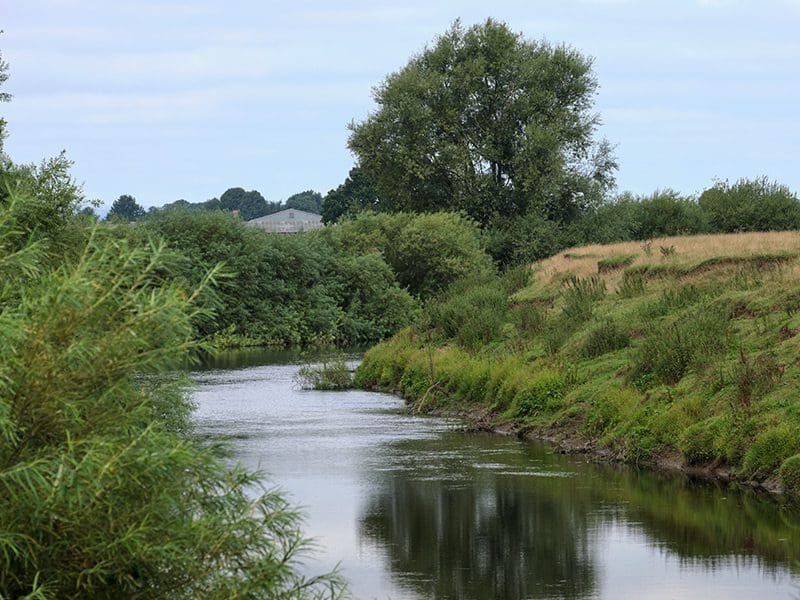Contact our offices
Main office
COLBURN
5 & 6 BAILEY COURT
COLBURN BUSINESS PARK
RICHMOND
NORTH YORKSHIRE
DL9 4QL
Estate Agency Offices are located in
BARNARD CASTLE, BOROUGHBRIDGE & RICHMOND
Residential Management Team
Our Offices
- Alnwick
01665 568310
Email Officealnwick@gscgrays.co.uk - Barnard Castle
01833 637000
Email Officebarnardcastle@gscgrays.co.uk - Boroughbridge
01423 590500
Email Officeboroughbridge@gscgrays.co.uk - Chester-Le-Street
0191 3039540
Email Officechester-le-street@gscgrays.co.uk - Colburn
01748 897630
Email Officecolburn@gscgrays.co.uk - Driffield
01377 337180
Email Officedriffield@gscgrays.co.uk - Hamsterley
01388 487000
Email Officehamsterley@gscgrays.co.uk - Hexham
01434 611565
Email Officehexham@gscgrays.co.uk - Kirkby Lonsdale
01524 880320
Email Officekirkbylonsdale@gscgrays.co.uk - Penrith
01768 597005
Email Officepenrith@gscgrays.co.uk

Nutrient Neutrality requirements for development
What is Nutrient Neutrality?
Increased levels of nutrients (nitrogen and phosphorus) within freshwater habitats and estuaries can seriously damage protected sites and wildlife. The sources of these nutrients generally include agriculture, sewage treatment works and septic tanks. By designing development alongside actions to reduce nutrient pollution, additional damage can be avoided. This approach is called ‘Nutrient Neutrality’.
The aim of Nutrient Neutrality is to prevent development projects adding existing nutrient burdens within certain catchment areas. It has recently become mandatory in some catchments in England, where protected environments are being damaged by nutrient pollution, including catchments affecting the River Tees, River Eden and Lindisfarne.
The Nutrient Neutrality rules for development were introduced in 2022 and are governed by Natural England.
How are the Nutrient Neutrality requirements impacting development within a Nutrient Neutral catchment?
If your development relates to overnight accommodation such as new homes, holiday accommodation and tourist attractions (glamping pods and camping) and falls within a relevant Catchment, you will need to demonstrate that the development proposal is nutrient neutral before a decision can be issued by the Local Planning Authority.
Which Councils have areas caught by the Nutrient Neutrality requirements?
- Darlington Borough Council
- Durham County Council
- Eden District Council
- Hambleton Borough Council
- Hartlepool Borough Council
- Middlesbrough Council
- North York Moors National Park
- Redcar and Cleveland Borough Council
- Richmond District Council and
- Stockton-on-Tees Borough Council
- Northumberland County Council.
How can we help with your development?
The planning and development team at GSC Grays understand how to calculate the likely nutrient load produced from the proposed development. From this calculation, the team can establish a mitigation strategy to demonstrate how Nutrient Neutrality may be achieved. Our surveyors have experience working closely with advisers from Natural England to ensure that the proposals put forward are approved by them at the consultation stage of the application. The applications we are dealing with are no longer stalled by the Nutrient Neutrality guidance and the Local Planning Authorities can now proceed with issuing decisions for the proposals.
In addition, where off site mitigation is needed (typically on larger sites) we can broker arrangements with landowners who have land suitable for the mitigation strategy needed to allow the site to be developed. We can help design and deliver that strategy, put place the legal frameworks and negotiate the commercial terms between the developer and the site provider.
To understand how GSC Grays can help with your application, please do not hesitate to contact Yasmin Peach.









